Trustworthiness and the Autonomous Vehicle with the LHP Ecosystem
Self-driving vehicles are coming. There’s a certain sense of inevitability. Mentions appear almost daily in the news with players such as Tesla,...
Unlock Engineering Insights: Explore Our Technical Articles Now!
Discover a Wealth of Knowledge – Browse Our eBooks, Whitepapers, and More!
Stay Informed and Inspired – View Our Webinars and Videos Today!
Exploring the future of software-defined vehicles through expert insights.
3 min read
Bryan Rushton : Mar 20, 2018 7:25:00 PM
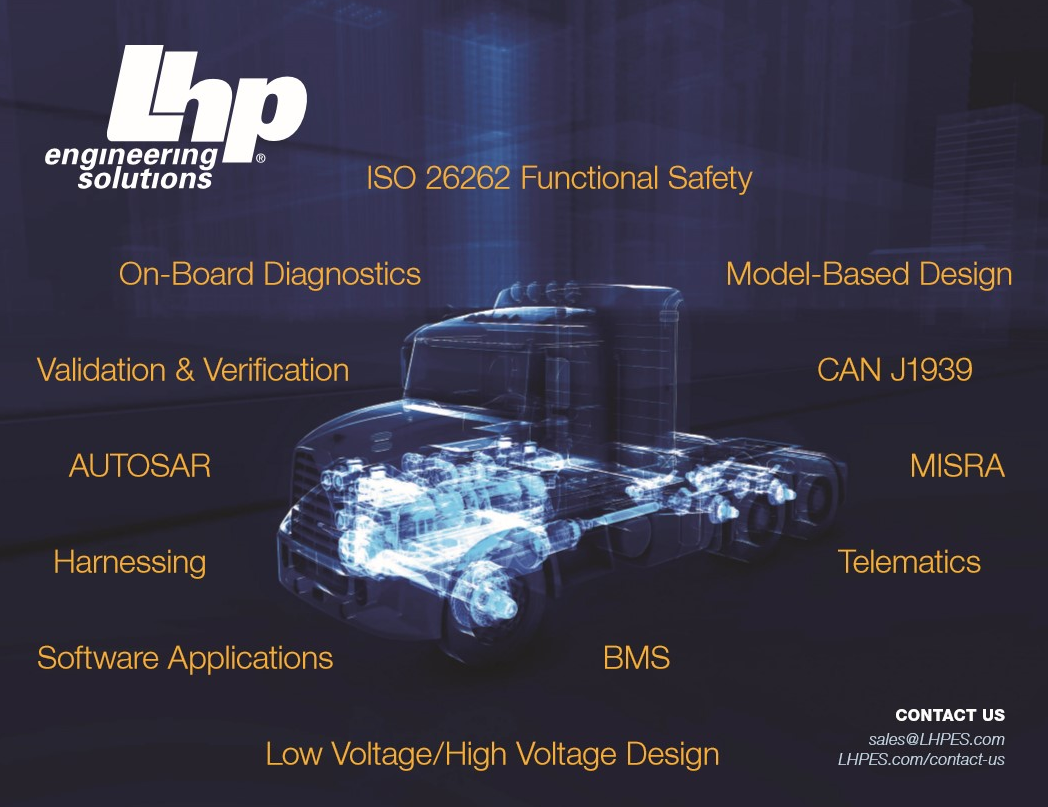
Continuing from LHP’s recent post on truck platooning - “Is Platooning the Future of IoT in The Trucking Industry?”, there are other implications to the evolving automation of heavy-duty trucking, especially as they relate to big data and analytics. As a review, the areas of EU regulatory framework are to focus on:
While the goal of the IoT movement is to enable products “at the edge” to function without complete reliance on a connection to a larger central network, the central network of data will remain a critical piece for quite some time as development on platooning and automation continues. Every bit of data that can be properly sourced, input, and analyzed will ensure that the maximum number of variables can be dealt with either the same or better than they would today. Here we will look at a couple areas from the EU framework in more detail.
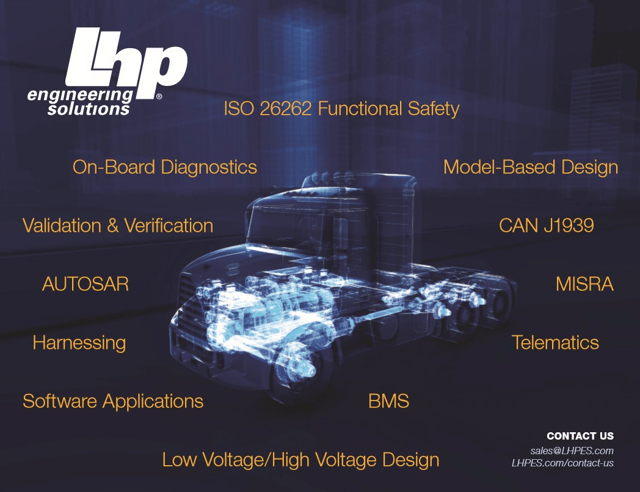
Required Communication Protocols
With each 80,000 lb truck you add to the truck platoon, the potential for benefit is multiplied, but so is the risk. Because of this, clear communication at all levels of the technology is key.
Anyone who has ever driven in a foreign country or jumped into a new car understands that not all communication tools and driver interfaces are the same. Seemingly simple things like windshield wiper operation can vary greatly from vehicle to vehicle.
It will be no different for platooning. While starting with the same brand, and probably within the same fleet, standards will eventually allow different trucks from different companies to platoon. This means that potentially hundreds of unique and disparate data inputs and outputs - both vehicles to vehicle and vehicle to infrastructure - are all standardized and complying to functional safety protocols to ensure virtually zero possibility of failures. This standardization is not easy. Even governance within racing series that use a spec ECU (F1 and MotoGP, notably) is not without its complications. It takes time and effort to integrate the standard offering to existing architectures.
Although there have been sensational claims that within a few years operators will no longer be needed, and thousands will be left jobless, this is simply not the case. First, there has been a shortage of qualified operators for years. Secondly, it is much more likely that the roles and responsibilities of the driver will shift and become increasingly important.
Since platooning will likely precede full autonomy, a lead driver will still be responsible for guiding multiple trucks. The driver’s health and alertness will become more important. In the event the operator becomes unable to control the platoon, automatic and proactive intervention will need to occur. Bio-metric monitoring of the lead driver would need to be integrated into this connected system.
The role of the operator will become much more advanced in this way as well. As stated previously, the role will become more like an airline pilot, where the monitoring of systems and processes will take much of the work, rather than the immediate and continual controlling of the vehicle’s trajectory. Whereas mechanical aptitude may have been more critical for diagnosing issues in the past, being able to monitor, identify, troubleshoot, and solve data and systems issues will become be more critical. This is going to result in a unique training need that focuses less on the prudent operation of the vehicle, and more on being technologically adept - see our previous post - Data, Devices, Connectivity, Oh-My - for how LHP is approaching this. 
While it is already been proven that these connected trucks can react many times faster than a human is capable of, vehicle maintenance and condition will become more and more critical. Again, analytics and predictive maintenance can be key. If the lead truck is outfitted with newer tires, for example, it may be able to complete an emergency stop on a rainy or wet surface a few feet shorter than the trucks behind. What in the algorithms are taken into account for this? Are those variables (maximum stopping capability) input by a driver making a judgment? Perhaps the lead truck is carrying a load with a lower center of gravity or is not fully loaded. Will the lead truck be able to take into account the capabilities of the truck behind it, especially if they may not be able to perform quite the same? On-Highway commercial vehicles are already heavily monitored and inspected, but what areas will need further compliance in the future?
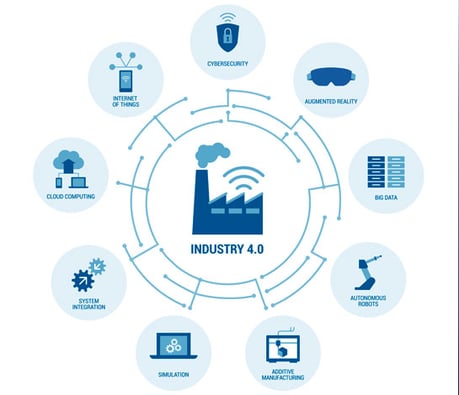
Source: Industrial IoT in industry 4.0 - Internet of things to Boost Work-space Efficiency
One of the potential benefits of platooning would be not only reduced fuel usage but also reduced wear and load on the trailing vehicles. In an industry with razor-thin margins, is this able to be considered on maintenance intervals? While most vehicles are equipped with basic monitoring technology such as oil life calculators already, predictive maintenance and self-diagnosis will become more and more critical as the technological envelope is pushed.
As you read through each of these components, it hopefully becomes clearer that the level of interdependence across the necessary systems is great, and thus the data from them needs to be integrated properly. Because of this, broad implementation of platooning may not come as quickly as some stories seem to promise. The complexity of reconciling all the inter-dependencies with the unpredictability of the real world will be very difficult. However, the technology exists, the benefits are clear, and the need is great. What are your thoughts?
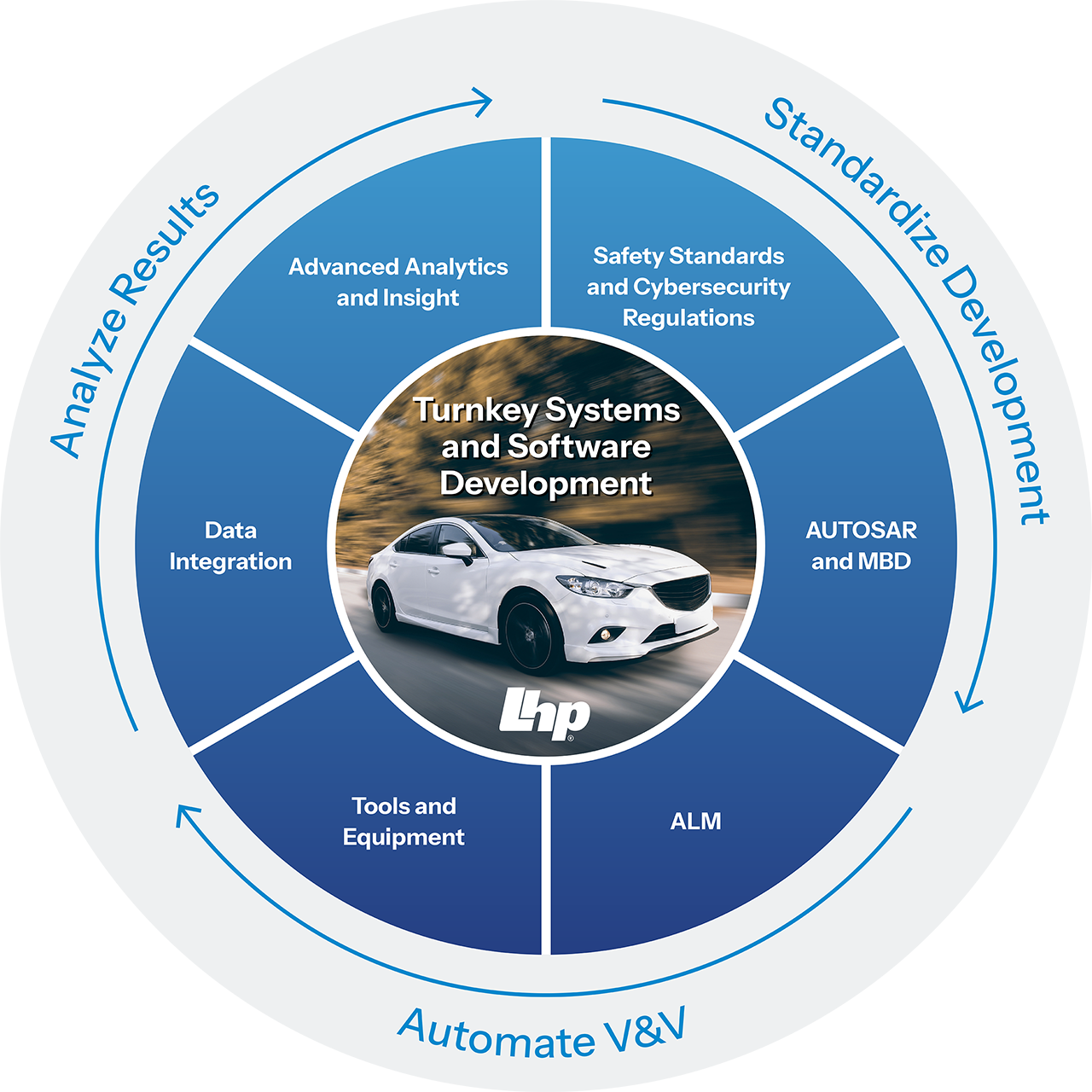
Self-driving vehicles are coming. There’s a certain sense of inevitability. Mentions appear almost daily in the news with players such as Tesla,...
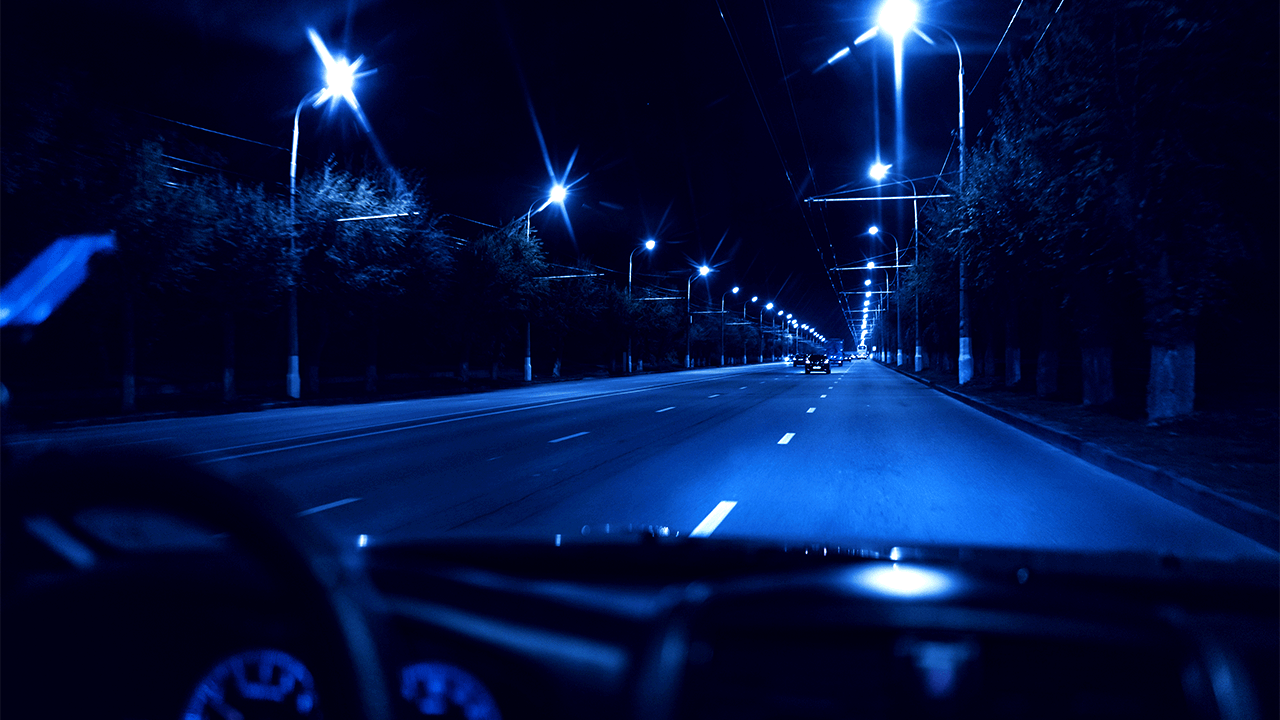
1 min read
Introduction: Paving the Path to Safe Autonomous Driving Autonomous driving has been a technological pursuit for years, with many major companies...
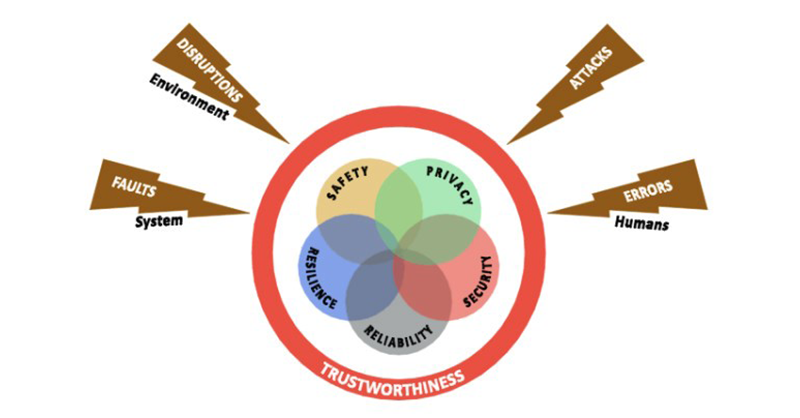
When contending with the complicated and interconnected devices of the Industrial Internet of Things (IIoT), the question of trustworthiness is...